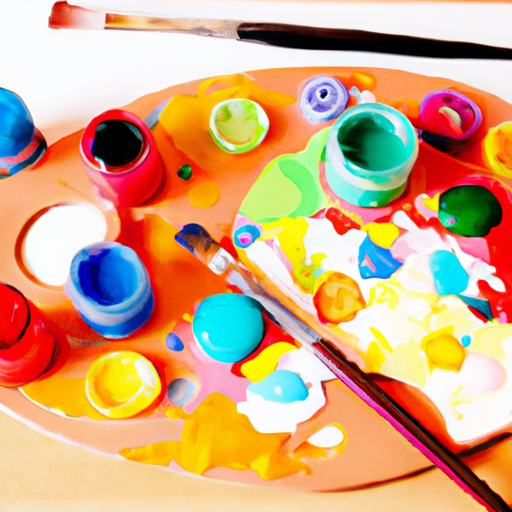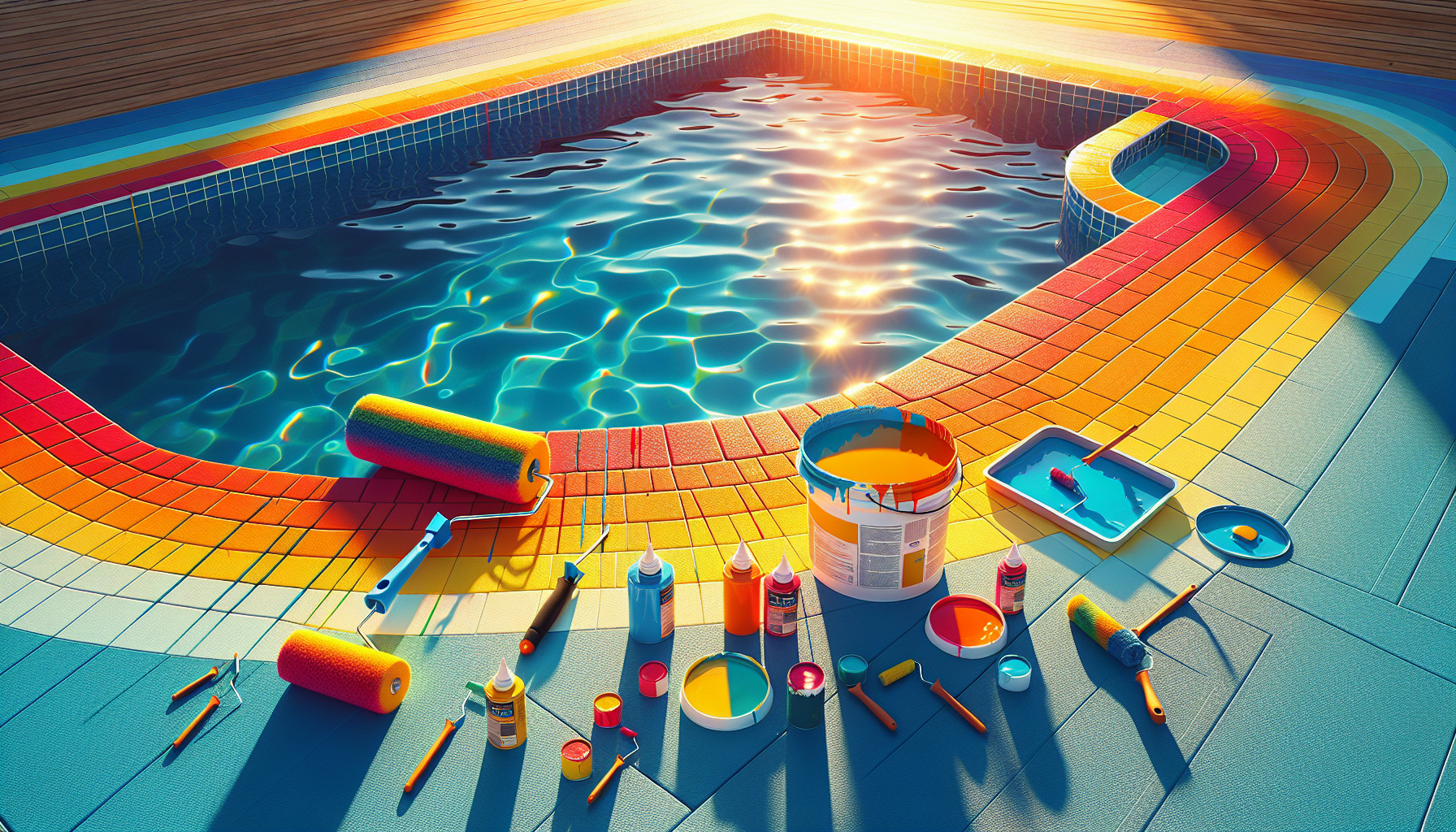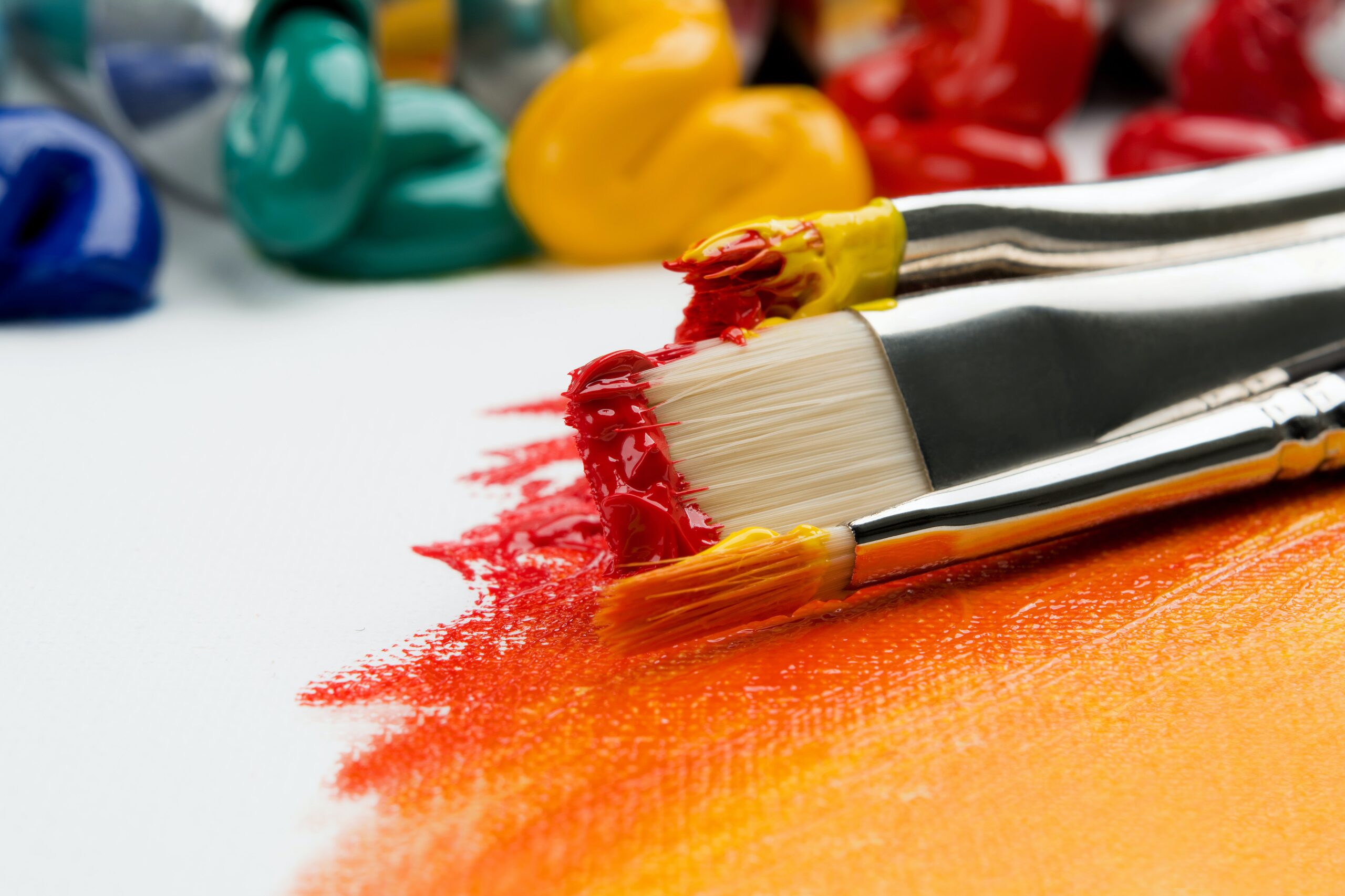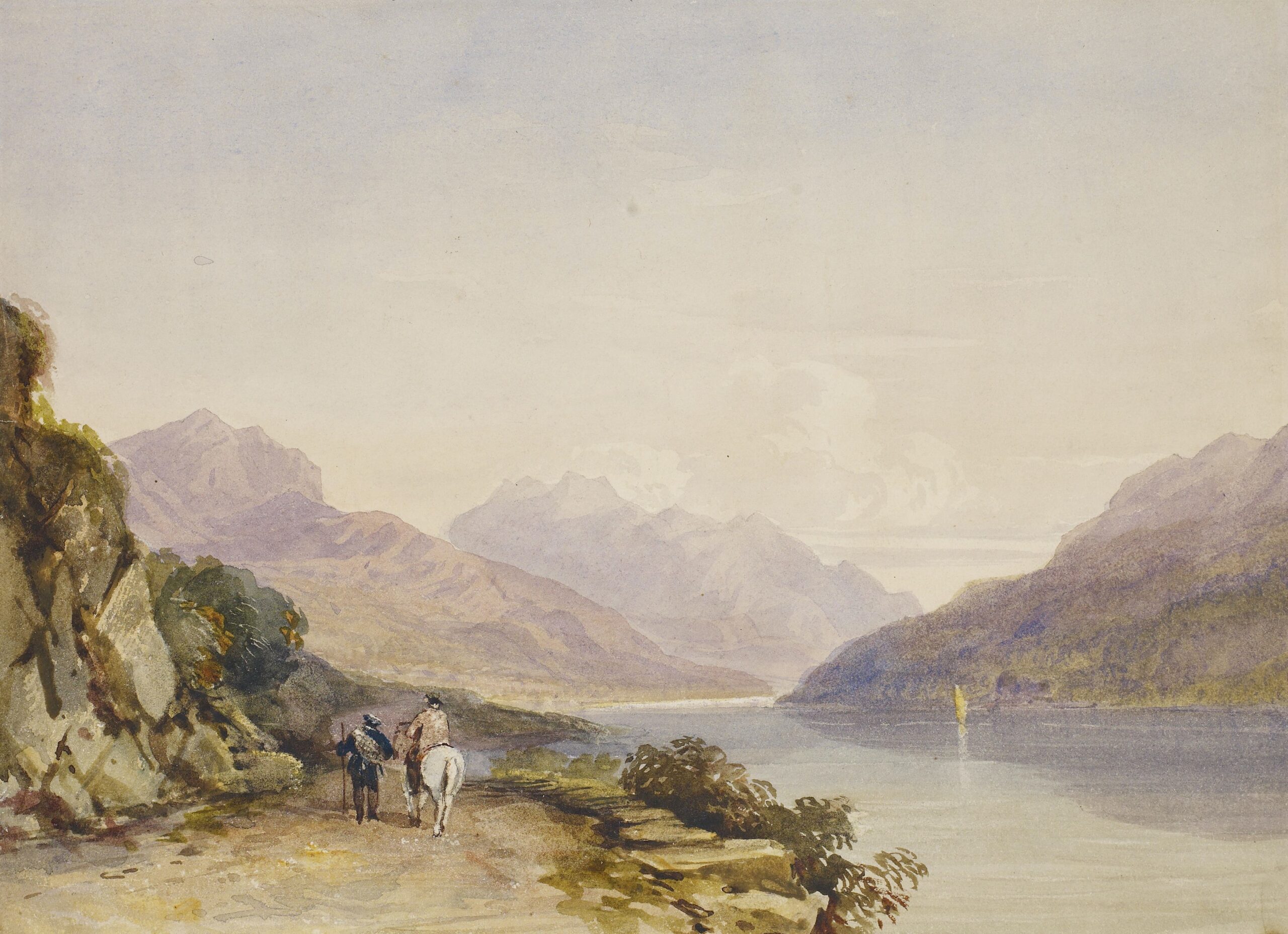If you’re a new parent, you might be wondering whether acrylic paint is safe to use around your little one. We all know how curious babies can be, testing the world around them by putting everything in their mouths. In this article, we’ll explore the safety of acrylic paint for babies and provide you with all the information you need to make an informed decision about introducing this colorful medium into your child’s environment. So, let’s dive in and address the question: Is acrylic paint safe for babies?
What is acrylic paint?
Definition of acrylic paint
Acrylic paint is a type of water-based paint that is made with pigments and a synthetic resin binder. It is known for its versatility and fast drying time, making it a popular choice for artists and crafters. Acrylic paint is available in a wide range of colors and can be used on various surfaces such as canvas, wood, and paper.
Composition of acrylic paint
Acrylic paint is composed of three main components: pigments, binders, and solvents. Pigments give the paint its color, while binders act as a glue that holds the pigments together and allows them to adhere to the surface. Solvents are used to thin the paint and help it spread more easily. In the case of acrylic paint, water is typically used as the solvent.
Common uses of acrylic paint
Acrylic paint is a versatile medium that can be used for various purposes. It is widely used by artists for painting on canvas, creating vibrant and bold artworks. It is also commonly used in crafts and DIY projects, such as painting on wood, ceramics, and fabrics. Acrylic paint can be applied thickly to create textured effects or thinned down for a more transparent finish. Its quick drying time makes it ideal for layering and building up colors.
Understanding the safety concerns
Chemical components in acrylic paint
While acrylic paint is generally considered to be safe, it is important to be aware of its chemical components. Some acrylic paints may contain toxic substances, such as heavy metals like cadmium or lead. These substances can pose potential risks, especially for babies and young children who may come into contact with the paint.
Potential risks for babies
Babies have a higher susceptibility to chemical exposures due to their smaller size and developing immune systems. The potential risks of acrylic paint for babies include skin irritation, respiratory problems, ingestion and poisoning, and eye irritation or damage. It is important to ensure their safety when using acrylic paint in their presence.
Exposure methods for babies
Babies can be exposed to acrylic paint through various methods. Direct skin contact can occur if they touch surfaces that have been painted with acrylic paint. Ingestion can occur if babies put their hands or objects that have been painted with acrylic paint into their mouth. Inhalation of paint fumes or particles can also occur if the painting area is not well-ventilated.

Factors affecting safety
Quality of acrylic paint
The quality of acrylic paint can vary greatly, and it is important to choose paints that are of high quality and comply with safety standards. High-quality acrylic paints are usually labeled as non-toxic and are free from harmful substances. These paints are generally safe for babies when used according to the manufacturer’s instructions.
Certifications and safety standards
When purchasing acrylic paint, it is advisable to look for certifications and safety standards. Look for paints that have been certified as non-toxic and comply with safety regulations. Check for labels indicating that the paint is safe for use by children. These certifications provide assurance that the paint has undergone testing for safety.
Age and development of the baby
The age and development of the baby also play a role in determining the safety of using acrylic paint. Babies who are younger and have less developed immune systems may be more sensitive to potential allergens or toxins in the paint. It is important to consider their age and overall health when deciding whether or not to use acrylic paint around them.
Potential hazards of acrylic paint
Skin irritation and allergies
Some babies may experience skin irritation or allergic reactions when exposed to acrylic paint. This can manifest as redness, itching, or rashes on the skin. If your baby exhibits any signs of skin irritation or allergies after being exposed to acrylic paint, it is advisable to discontinue use and consult a healthcare professional.
Ingestion and poisoning
Babies have a tendency to put objects in their mouths, and this can pose a risk if they ingest acrylic paint. Ingesting paint can lead to poisoning if the paint contains toxic substances. It is important to ensure that babies do not have access to objects or surfaces that have been painted with acrylic paint and to supervise them closely during painting activities.
Respiratory problems
Inhalation of paint fumes or particles can lead to respiratory problems in babies. Poor ventilation in the painting area can exacerbate this risk. It is important to ensure that the painting area is well-ventilated and to avoid prolonged exposure to paint fumes, especially for babies who may have respiratory sensitivities or conditions.
Eye irritation and damage
Acrylic paint can cause eye irritation and damage if it comes into contact with the eyes. Babies may rub their eyes with paint-contaminated hands, increasing the risk of eye irritation. It is important to ensure that the painting area is kept separate from the baby’s play area and that proper precautions are taken to prevent paint from entering the eyes.

Safety precautions to consider
Choosing non-toxic acrylic paints
When using acrylic paint around babies, it is crucial to choose non-toxic paints that are labeled as safe for use by children. These paints are free from harmful substances and are less likely to cause adverse reactions or health issues. Look for paints that have been tested and certified as non-toxic.
Using ventilated areas
To minimize the risk of respiratory problems, it is recommended to use acrylic paint in well-ventilated areas. Open windows or use fans to promote air circulation and reduce exposure to paint fumes. If possible, consider painting outdoors or in areas where there is good airflow.
Avoiding direct contact with the skin
To prevent skin irritation or allergic reactions, it is advisable to avoid direct skin contact with acrylic paint. Dress your baby in protective clothing, such as long sleeves and pants, when painting around them. If the paint does come into contact with their skin, immediately wash the area with mild soap and water.
Supervision during painting
Babies should always be supervised closely when using acrylic paint. Ensure that they do not put their hands, paintbrushes, or other objects into their mouth. Keep a watchful eye on their activities and intervene if necessary to minimize the risk of ingestion or other potential hazards.
Alternatives to acrylic paint
Water-based paints
Water-based paints, such as tempera or poster paints, are considered to be a safer alternative to acrylic paint for babies. These paints are typically non-toxic, washable, and easy to use. They are available in a variety of vibrant colors and can be used on different surfaces. Water-based paints offer a similar creative experience to acrylic paint while being less risky for babies.
Natural and organic paints
For parents who prefer a more natural option, there are natural and organic paints available in the market. These paints are made from natural ingredients and are generally free from harmful toxins or chemicals. Natural and organic paints can be a safer choice for babies, although they may have limitations in terms of color options or durability.
Edible paints and food dyes
Another alternative to consider is using edible paints or food coloring. These paints are made from food-grade ingredients and are safe for babies to consume in small amounts. They can be used for finger painting or other activities where babies are likely to put their hands in their mouths. However, it is important to remember that even edible paints should be used in moderation and under supervision.

Expert opinions and studies
Pediatricians’ advice
Pediatricians generally advise caution when using acrylic paint around babies. While acrylic paint is generally considered safe, they recommend using non-toxic paints and taking necessary precautions to prevent potential hazards. Pediatricians emphasize the importance of monitoring babies closely during painting activities to ensure their safety.
Toxicology studies
Toxicology studies have been conducted to assess the safety of acrylic paint. These studies generally indicate that properly used acrylic paint poses minimal risks to human health, including babies. However, it is important to note that there may be variations in the composition and quality of acrylic paints, and individual sensitivities or allergies can influence the level of risk.
Art and craft professionals’ views
Art and craft professionals often emphasize the importance of choosing quality acrylic paints and following safety guidelines when using them around babies. They recommend opting for non-toxic paints and adhering to good ventilation practices. Art and craft professionals also encourage parents to consider alternative options, such as water-based paints or natural paints, if they have concerns about using acrylic paint.
Safe practices for using acrylic paint with babies
Testing for allergies or sensitivities
Before using acrylic paint with babies, it is advisable to conduct a patch test to check for any allergies or sensitivities. Apply a small amount of the paint to a small area of the baby’s skin and observe for any adverse reactions over a 24-hour period. If no reactions occur, it is likely safe to proceed with using the paint.
Creating a controlled painting environment
To ensure a safe painting environment for babies, it is important to create a controlled space. Use a designated painting area that is separate from their play area. Cover the working surface with a protective layer and ensure that all painting materials are properly stored and out of the baby’s reach. Consider using aprons or smocks to protect their clothing.
Cleaning up properly
Proper clean-up is essential when using acrylic paint with babies. Immediately clean any spills or drips to prevent accidental ingestion or skin contact. Use mild soap and water to clean the baby’s skin if it comes into contact with paint. Thoroughly clean all painting materials and ensure proper storage to prevent accidental access by babies.

Potential long-term effects
Limited research on long-term effects
There is limited research available on the long-term effects of using acrylic paint with babies. Most studies focus on short-term exposure and acute effects. It is important to exercise caution and seek professional advice when using acrylic paint with babies, as the long-term effects may not be fully understood or documented.
Monitoring and observation
Parents should monitor babies for any signs of adverse reactions or health issues after using acrylic paint. Observe their behavior, skin condition, and overall well-being in the days following exposure. If any concerns arise, consult a healthcare professional for further guidance.
Conclusion
Balancing creativity and safety
Using acrylic paint with babies can be a fun and creative experience. However, it is essential to prioritize their safety and take necessary precautions. By choosing non-toxic paints, using proper ventilation, avoiding direct skin contact, and closely supervising their activities, parents can help ensure a safer painting experience for their babies.
Individual parental discretion
Ultimately, the decision of whether or not to use acrylic paint with babies lies with the parents. It is important for parents to assess the potential risks and weigh them against the benefits of artistic expression and sensory experiences. Each baby is unique, and individual sensitivities or health conditions should be taken into consideration.
Seeking professional advice
If parents have any concerns or questions regarding the safety of using acrylic paint with their babies, it is recommended to seek advice from healthcare professionals or pediatricians. They can provide personalized guidance based on the baby’s specific needs and help make informed decisions regarding the use of acrylic paint.




